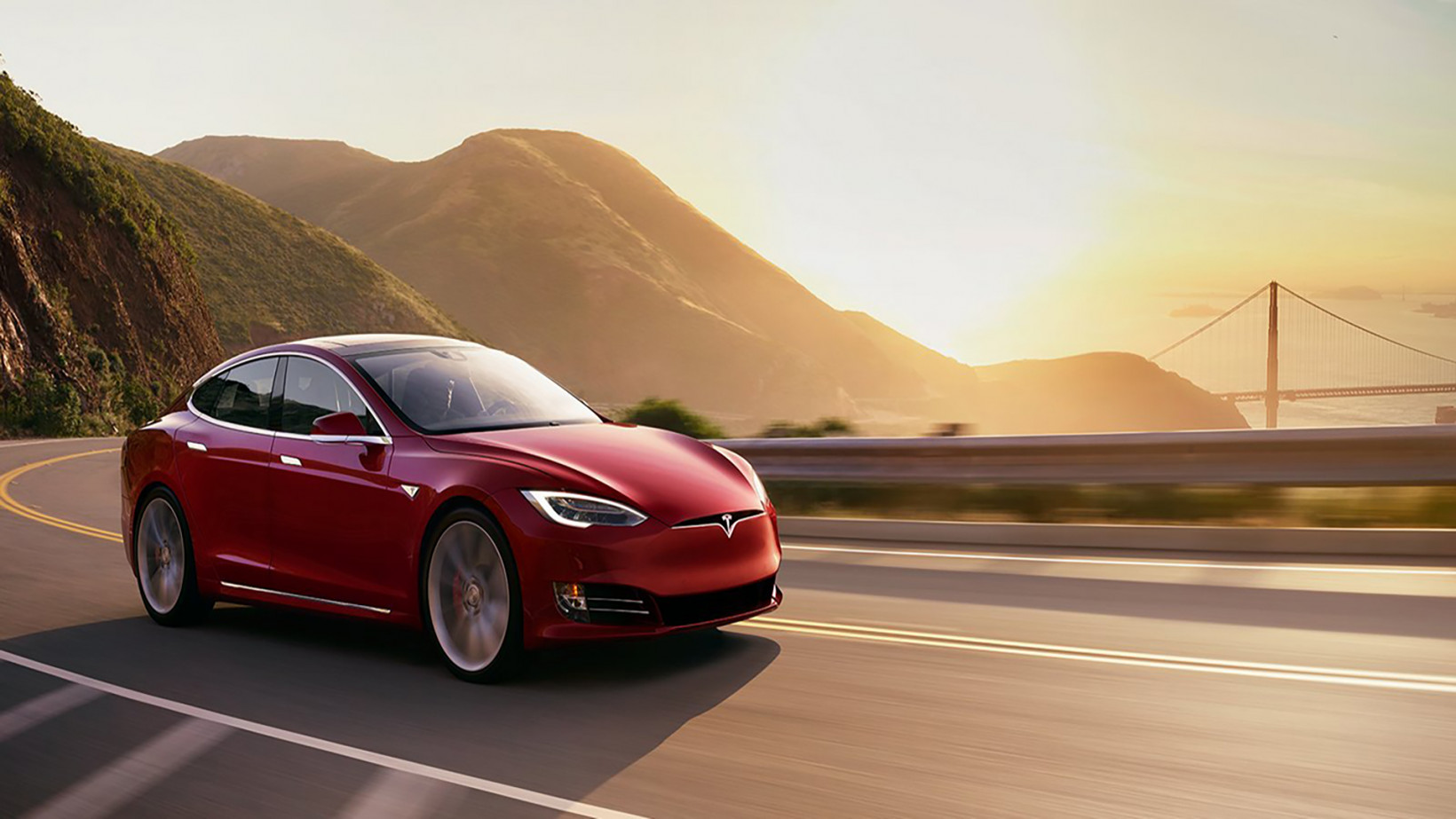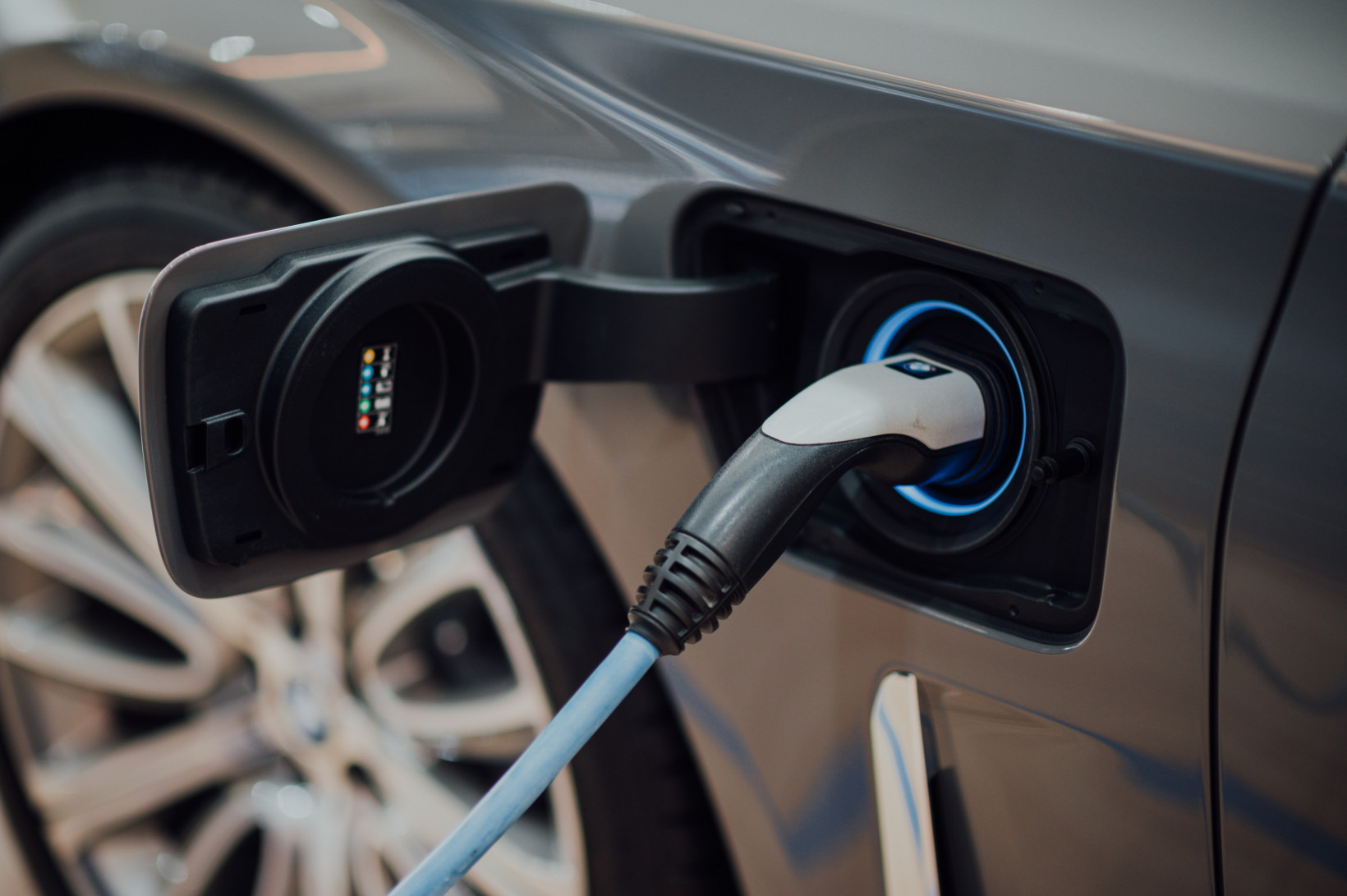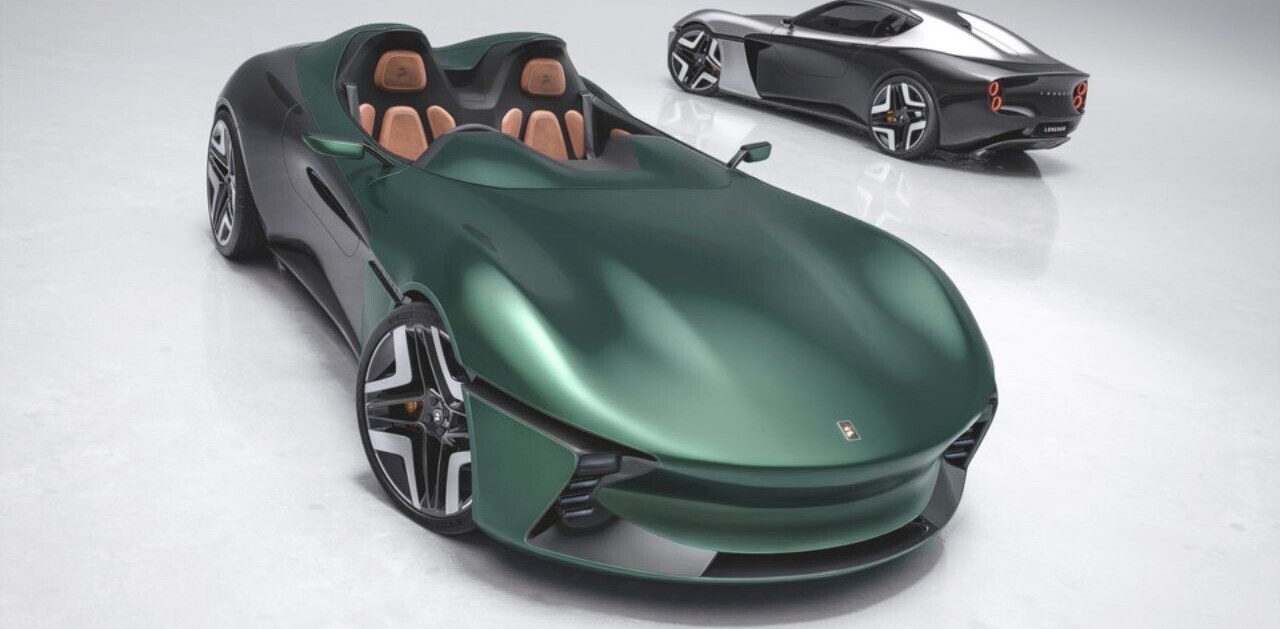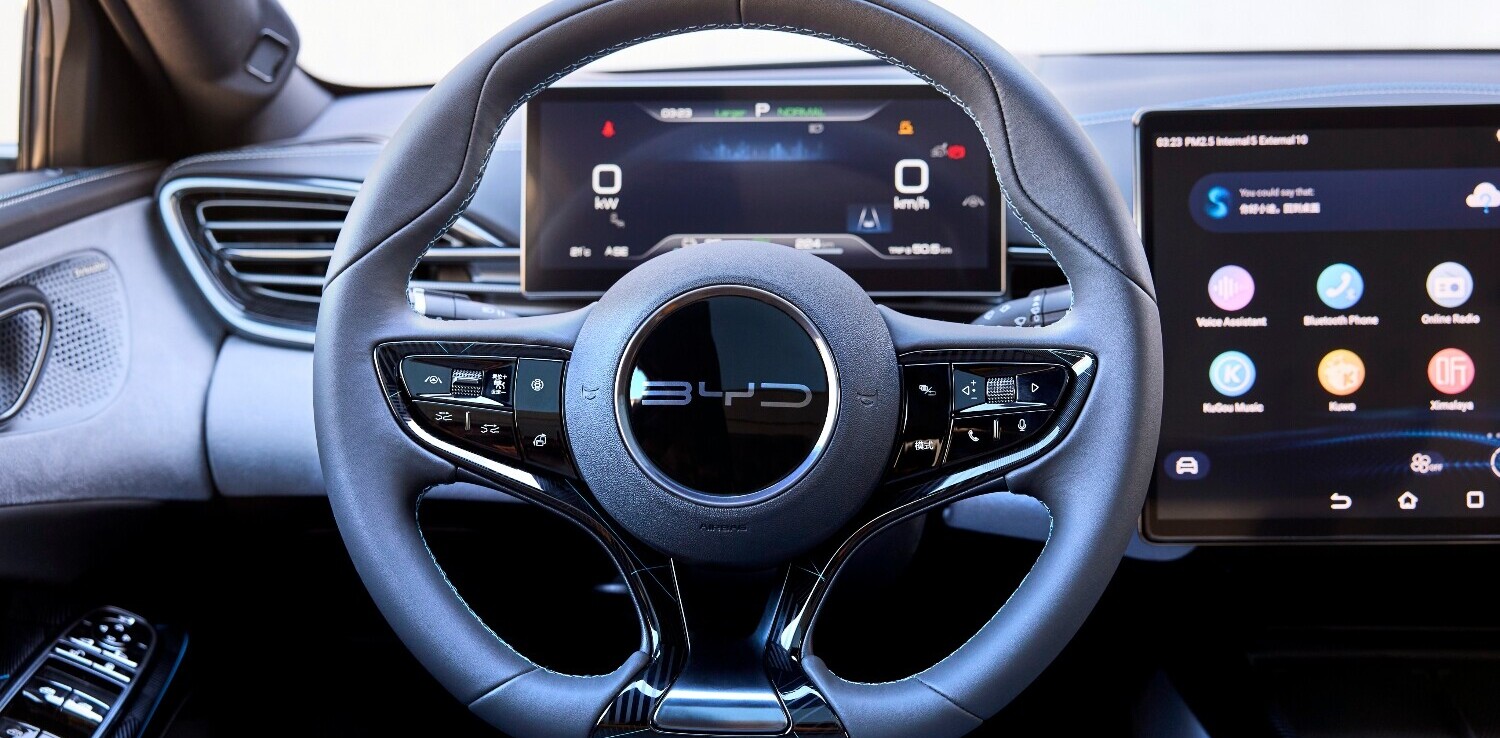
We saw an intriguing piece of news this morning, as reported in Euractiv. The Finnish environmental ministry is discussing the idea of a temporarily lower vehicle tax or subsidy for women buying electric cars.
Finland currently has a €2,000 ($2260) purchase subsidy from the Finnish government (with a maximum price of €50,000 or $56,000) for people buying a new electric car or signing a long-term lease agreement for an electric vehicle.
This proposal leaves me with more questions than answers. Let’s take a look:
Do women face gender discrimination in car buying?

It’s worth remembering that many women have bad experiences making big-ticket purchases.
Women historically have many negative experiences of being treated differently based on gender at show salerooms and repair shops. Being the buyer but being ignored for your male companion is a common example. No matter the money you plan to spend.
I even remember visiting one showroom (as a journalist) whereupon asking details about functionalities and price, a salesperson asked if I was “spending my man’s money or if it was a gift from my father.” “Ah, no, I write about cars as a tech journo” I replied, only to see him wince and leave the room…
Online buying creates more egalitarian business models

Fortunately, EV companies like Tesla are changing this through their online buying. There’s no need to deal with a sleazy salesperson anymore. Especially the kind who asks what color car you want before anything else.
There’s also plenty of research opportunities online. For example, forums and Twitter, where (whether you expose your gender or not) you can ask critical questions and get a diverse range of feedback.
I see many women car nerds proudly discussing the minutiae of EVs and cars, in general, every day on social media. It’s not just guys that are into cool design, speed, and engines.
We’re still trotting out the same old stereotypes about women
2018 research into EV buying was conducted by the University of Sussex and Aarhus University in Denmark. It found that highly educated women are an untapped but potentially lucrative market because they have greater environmental and fuel efficiency awareness than men.
The study was based on a survey distributed to 5,000 people across Denmark, Finland, Iceland, Sweden, and Norway.
It found that women drive fewer kilometers per day, expect to pay less for their next car, and have considerably less experience of driving electric vehicles than men.
The research stressed that occupation and employment also influence stated preferences, with those working for non-profit organizations most likely to own electric vehicles, and academics at universities most associated with interest in owning an electric vehicle.
It also found that men give more importance to speed, acceleration, design, and style when choosing a car. At the same time, women rank ease of operation, safety, running costs, and environmental impact — making electric vehicles a better fit for their specifications.

That’s a whole lot of time and money devoted to stereotypes. So highly educated women are likely to be more environmentally friendly? Well, highly educated women are likely to have more money.
We all know the cost of organic food and sustainable fashion vs. fast fashion. And surely safety is more of a concern as you are more likely to be transporting children and grandchildren? Hardly a no-brainer.
Isn’t the bigger idea to get people using EVs over ICEs?
Is Finland trying to get women to switch from ICEs to EVs or to buy an EV for their first car? I’m not clear on the logic.
A transition to EVs is inevitable as gas vehicles phase out over the next five years. Therefore, subsidies are likely to become less of an issue for new buys. Simply put, if your only choice is an EV, then you will buy an EV.
The bigger challenge is a low-income status, not just gender
People in low-income jobs are more likely to work third shifts, which are not conducive to using public transport. They more commonly live further away from work. This makes public transport time prohibitive.
It is harder to find cheap electric vehicles than gas vehicles. This means that people who will only ever own second-hand cars risk permanent exclusion from access to electric vehicles.
Further, low-income earners are the hardest hit by ICE owner disincentives. These include city tolls, harder-to-access parking, and other disincentives.
Plus, low-income earners are also more likely to live in apartments without off-street parking. This means they are excluded from the benefit of cheaper, more accessible charging, and forced to rely on higher-priced public charging stations.
Range anxiety and safety is a reality
Range anxiety is real for low-income earners, especially if you live in an area without private access to EV charging and a lack of close public EV charging stations.
And let’s not forget, women are rightly concerned about range anxiety and safety. A woman’s car running out of steam on a dark, deserted road, could be a catalyst for an opportunistic attack, especially with kids in tow.
We see two dichotomies at play. On the one hand, researchers see high-income women as the untapped EV target market. On the other hand, the Finnish government proposes EV subsidies for women, and mind you, these subsidies do nothing to help low-income women enter the EV market in the long term.
Thus, a gender-based grant is more of an attempt at greenwashing than an effort to address financial inequality and only increases gender division among EV buyers. Overall, a subsidy may help someone with enough income to buy an EV, but it fails to identify or address the income disparity experienced by many women.
Get the TNW newsletter
Get the most important tech news in your inbox each week.




